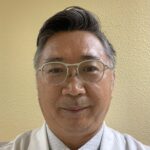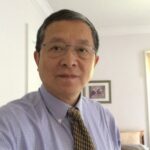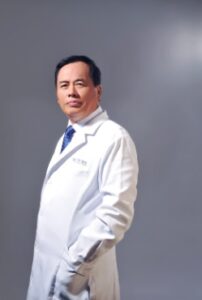Ruan Jin Zhao

Ruan Jin Zhao
Topic
The Key Role of Heart and Gut Microbes Play in Oncogenesis and Clinical Therapy
Abstract
TCM has a profound theory about oncogenesis and abundant clinical experience in treating cancers. But in current clinical oncology, TCM does not play a major role which it is supposed to do. The main reason is that its theory remains no systemic and clinical experience are scatterings and lack of comprehensive. Its therapeutic potential power could not be fully released. This lecture holds that the core of the Heart is the emperor of all organs; heart is the controller of Nutrient energy and Defensive energy; Heart dominates the blood circulation. It is reasonable to claim that heart malfunction is the original source of cancer, which was fully supported by clinical observation and the interrelationship between heart and cancer disclosed by lately medical science research.
Based on the TCM principle of survival with existing of Wei Qi (Stomach energy) and death without Wei Qi. Quality of Wei Qi includes the gut microbe’s homeostasis, which decides the cancer patient’s prognosis and where the T cells being primed for more power in anti-tumor; to help chemotherapy perform better; to make immunotherapy works properly and so on. Strengthening the Stomach energy may directly contribute to the outcome of anti-tumor.
The article introduces the multiple therapeutic modalities to increase heart energy with the effective modified herbal formulas and concrete acupuncture techniques. As well as delineating how to regulate stomach energy to restore the gut microbes to a relative better condition to achieve a great anti-tumor result clinically.


